This article was co-authored by wikiHow Staff. Our trained team of editors and researchers validate articles for accuracy and comprehensiveness. wikiHow's Content Management Team carefully monitors the work from our editorial staff to ensure that each article is backed by trusted research and meets our high quality standards.
There are 8 references cited in this article, which can be found at the bottom of the page.
This article has been viewed 26,971 times.
Learn more...
Treadmill burns, sometimes called friction burns, are increasingly common as more people work out indoors. They usually happen when your leg scrapes against the treadmill belt while it’s still moving. These can be nasty and painful, but don’t panic! Treadmill burns are easy to take care of with some simple first-aid tips.
Steps
Basic First-Aid
-
1Rinse the burn under cool, running water for 20 minutes. Do this right after you get burned. Set your faucet to a cool, not cold, temperature, and keep the affected area under it for 10-20 minutes. The water cools the burn off and rinses out any dust or debris in the wound.
- Don't use ice or cold water on the burn. If the temperature is too low, you could damage the skin even more.
- Also never use a home remedy like putting butter or toothpaste on a burn. These trap heat and will make the burn worse.
-
2Remove any clothing or jewelry around the burn. These things could trap heat or cut off circulation to the area. While you’re rinsing the burn, take off anything around it to keep it clean and free of dirt.[1]
- Don't pull off anything that’s stuck to the burn. This will do more damage. Leave it attached and a doctor can remove it later.
Advertisement -
3Cover the burn with a clean cloth or gauze pad if the skin isn’t broken. This should keep the area clean and protected. However, don’t do this if the skin is broken, or the cloth could stick to the burn.[2]
- You could also use plastic wrap to cover the burn temporarily until you get medical attention.
- Make sure whatever you use is clean. If not, you could cause a serious infection.
-
4Seek medical attention if your skin is broken or the burn is large. Small or minor burns are fine to treat at home without medical attention. However, if the burn is larger than about a quarter or your skin is broken, then see a doctor. If the burn is on your face or anything is stuck in it, like your clothing, have a medical professional take a look.[3] See your doctor as soon as possible for treatment in these cases.
- In most cases, the doctor will clean and inspect the burn, then give you instructions for home care. In rarer cases, a treadmill burn could be serious enough to need skin grafting.[4]
Ongoing Care
-
1Wash the burn twice a day with clean water. Preferably in the morning and evening, remove the bandage and hold your burn under warm, running water. Don't scrub the burn, just let the water flow over it. This should remove any dirt and bacteria and prevent infections. Then dab the burn very gently with a clean towel to dry it.[5]
- Don’t use soap or antiseptics like alcohol to clean your wound unless your doctor tells you to. They're irritating and can make the burn heal more slowly.
-
2Apply a thin layer of petroleum jelly to keep the burn moisturized. This is optional, but can help the burn heal faster and prevent scarring. Just rub a small amount onto the burn before putting a bandage on.[6]
- You could also use an antibacterial cream, but this usually isn’t necessary to prevent an infection.
-
3Cover the burn with a clean bandage or gauze pad. When you’ve washed and dried the burn, place a fresh bandage over it. A sterile, nonstick gauze pad is best. Press the pad over the burn and secure the sides with medical tape. This helps prevent infections and protects the burn from scraping against anything.[7]
- If you use a sticky bandage, make sure the sticky part isn’t touching the burn at all. Taking it off will be very painful if it is.
- Only use medical tape, not packing tape or duct tape, which would be painful to remove.
- Always use a fresh bandage every time you wash the burn to prevent infections.
-
4Avoid popping or picking at any blisters. Treadmill burns tend to cause blisters, especially if it was a nasty burn. Always leave the blisters alone. They protect your skin while it heals, and picking at them could cause a scar or infection.[8]
- Blisters might rupture or leak by themselves, which is normal. If the blister opens, don't peel or pick at the skin. Clean it with soap and water every day, dry it, and cover it with a non-stick bandage so it doesn't get infected.
-
5Take an OTC pain reliever to make yourself more comfortable. If the burn hurts while it’s healing, some pain medication should help with that. Take an over-the-counter pain reliever like acetaminophen or ibuprofen, following the dosage instructions on the package.[9]
-
6Call your doctor if the burn seems infected. Signs of an infection include increased redness, swelling, and pain. There might also be some pus around the burn, or it could take longer than 10 days to heal. If you notice any of these signs, call your doctor to see what you should do next.[10]
- If the burn does get infected, don’t panic. The doctor will probably give you an antibacterial cream or oral antibiotic to knock the infection out.
Burn Prevention
-
1Place the treadmill away from walls and other objects. Getting caught between the treadmill belt and a wall could cause a serious burn. Leave plenty of free space on all sides of the treadmill to avoid accidents like this.
- A general recommendation is to leave 6.5 ft (2.0 m) of space behind the treadmill and 1.5 ft (0.46 m) on either side.[11]
- This is especially important if there are children or pets around so they don’t get caught in the belt.
-
2Tie your shoelaces tightly before starting. Loose shoelaces could untie while you're running and get caught in the treadmill belt. Double-check your laces before you start running to make sure they're good and tight.[12]
- If your shoelaces untie at any point during your workout, stop the treadmill right away, wait for the belt to stop moving, and re-tie them before starting again.
- Also, make sure your pants aren't too long, or they could get caught in the belt too.
-
3Set the treadmill at a speed you can handle. Overdoing it on the treadmill could make you fall or slip. Keep the speed at a manageable level so you don’t hurt yourself.[13]
- When you do increase the speed, do so gradually. Ease up to your top speed.
-
4Attach the safety clip to your shirt while you’re on the treadmill. This safety clip brings the treadmill to an emergency stop if you pull it out too far, like if you’re falling. It’s an important safety feature, so be sure to clip it to your shirt each time you use the treadmill.[14]
- If you're having trouble staying forward enough to avoid triggering the shut-off, then you probably have the speed set too high. Lower the speed a bit so you can stay close to the front of the treadmill.
-
5Let the treadmill come to a complete stop before getting off. It’s tempting to just hop off the treadmill as soon as you’re finished. However, even if the belt is only moving slowly, you could lose your balance and fall. Keep walking slowly until the belt stops completely, then step off safely.[15]
Warnings
- Never let children use or play around a treadmill. Treadmill burns are most common in children, and could be serious injuries.[16]⧼thumbs_response⧽
References
- ↑ https://www.nhs.uk/conditions/burns-and-scalds/
- ↑ https://www.nhs.uk/conditions/burns-and-scalds/
- ↑ https://www.mayoclinic.org/diseases-conditions/burns/symptoms-causes/syc-20370539
- ↑ https://www.arnoldpalmerhospital.com/content-hub/your-treadmill-can-cause-serious-injury-in-kids
- ↑ https://www.seattlechildrens.org/conditions/a-z/burn/
- ↑ https://myhealth.alberta.ca/Health/aftercareinformation/pages/conditions.aspx?hwid=uh3277
- ↑ https://myhealth.alberta.ca/Health/aftercareinformation/pages/conditions.aspx?hwid=uh3277
- ↑ https://www.seattlechildrens.org/conditions/a-z/burn/
- ↑ https://www.seattlechildrens.org/conditions/a-z/burn/
- ↑ https://www.seattlechildrens.org/conditions/a-z/burn/
- ↑ https://www.consumerreports.org/cro/news/2015/02/7-steps-to-safe-treadmill-use-and-a-good-workout/index.htm
- ↑ https://www.bu.edu/articles/2015/treadmill-safety-tips/
- ↑ https://www.bu.edu/articles/2015/treadmill-safety-tips/
- ↑ https://www.consumerreports.org/cro/news/2015/02/7-steps-to-safe-treadmill-use-and-a-good-workout/index.htm
- ↑ https://www.consumerreports.org/cro/news/2015/02/7-steps-to-safe-treadmill-use-and-a-good-workout/index.htm
- ↑ https://jaoa.org/article.aspx?articleid=2093007
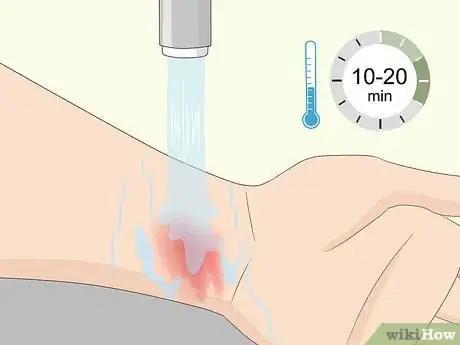

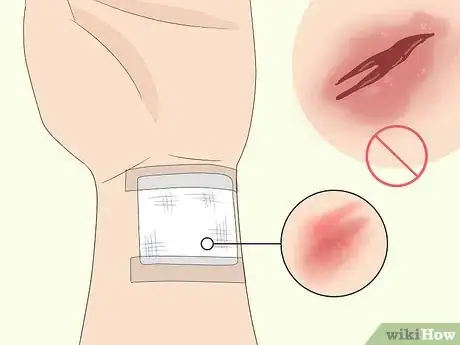
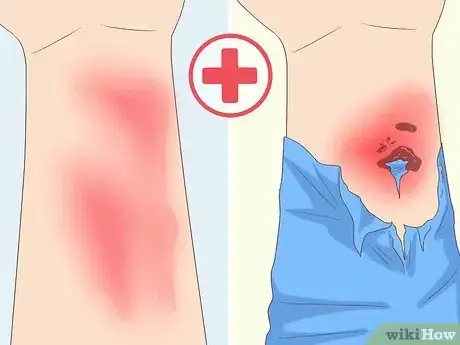

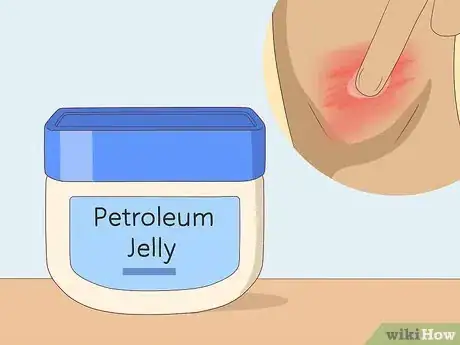
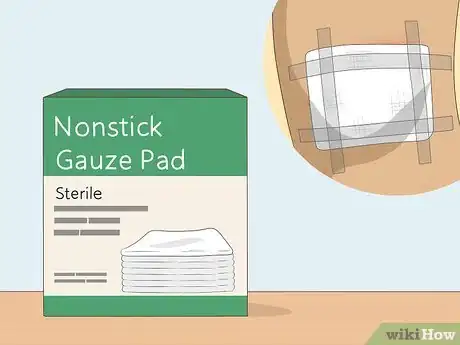
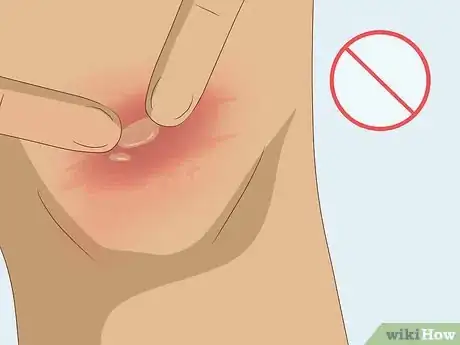

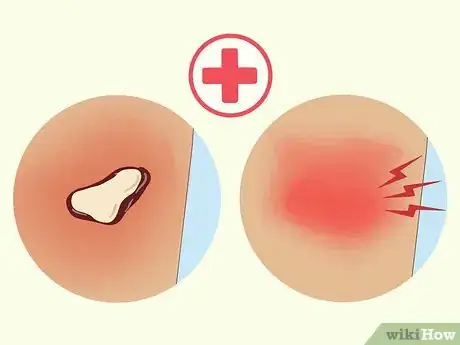

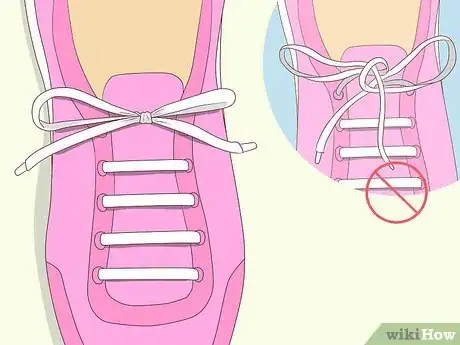
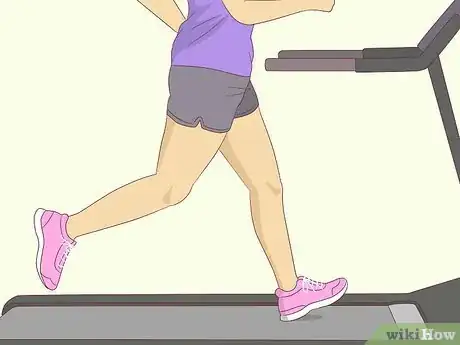


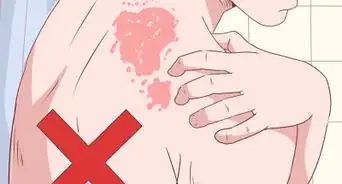
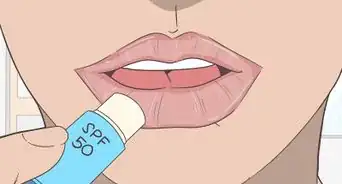
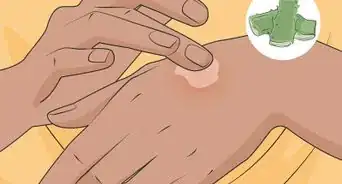
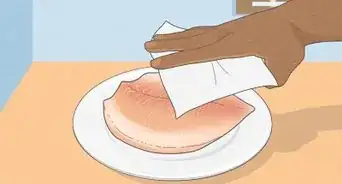
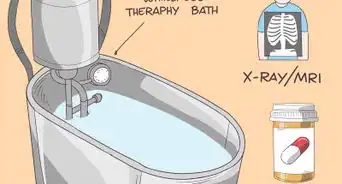
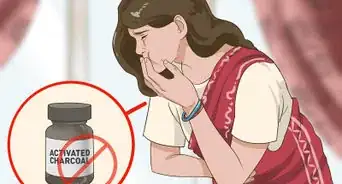

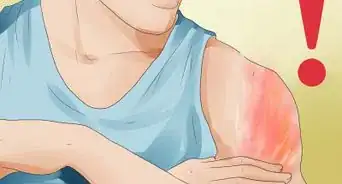
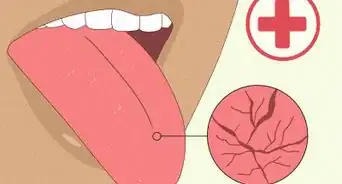


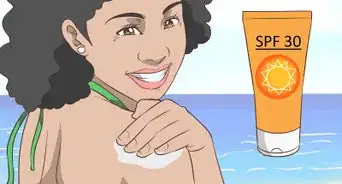
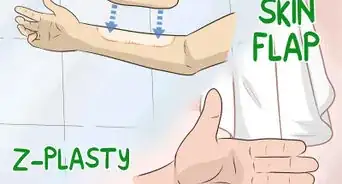
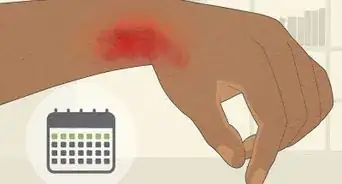







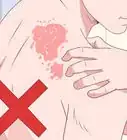
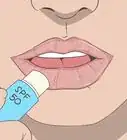






































Medical Disclaimer
The content of this article is not intended to be a substitute for professional medical advice, examination, diagnosis, or treatment. You should always contact your doctor or other qualified healthcare professional before starting, changing, or stopping any kind of health treatment.
Read More...